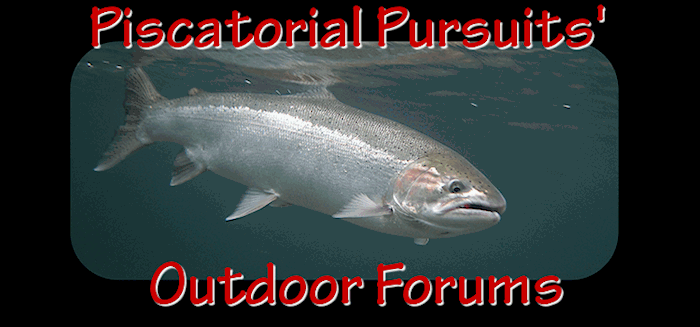Since I've been fishing the Skagit for the last 35 years (damn, that's a long time) I've used this technique many times. It works great down at the forks where the Skagit splits. Sit in a boat using type IV sinking line and a spoon. Let some line out untill you feel the gentle pulse rythum dissapear from the rond and pull about three feet of line back in. Bingo, you in the money spot.
There is a spoon built by a gent from Mount Vernon; some of you may know by the name of Wells. A Wells spoon is a willow leaf 'pattern' made from some of the lightest metal in a spoon I've seen. Each is mady by him by hand and hammmered out. Pink on one side white on the other with a chrome egg hook. This spoon was almost made for casting with a fly rod.
The method you used is often overlooked by many. Too bad too since it's one of the most effective I've ever seen used for pinks, silvers or chums.
To answer your question, NO - it's not fly fishing.
Since we're kind of on the topic, another thing that drives me nuts is when someone insist that tying a bunch of lead thread onto a hook covered by cerise maribou is tying a fly. To fish it you have to make a calculated heave into the water cause a good old double haul's not going to work. They call it a fly because it's made of feathers. Is it??? It's a jig in my book, you just can't see a lead head, but they'll argue all day.
Have fun, fish hard, leave a few for me!
_________________________
Mark Strand
aka - TC













 Previous Topic
Previous Topic Index
Index



